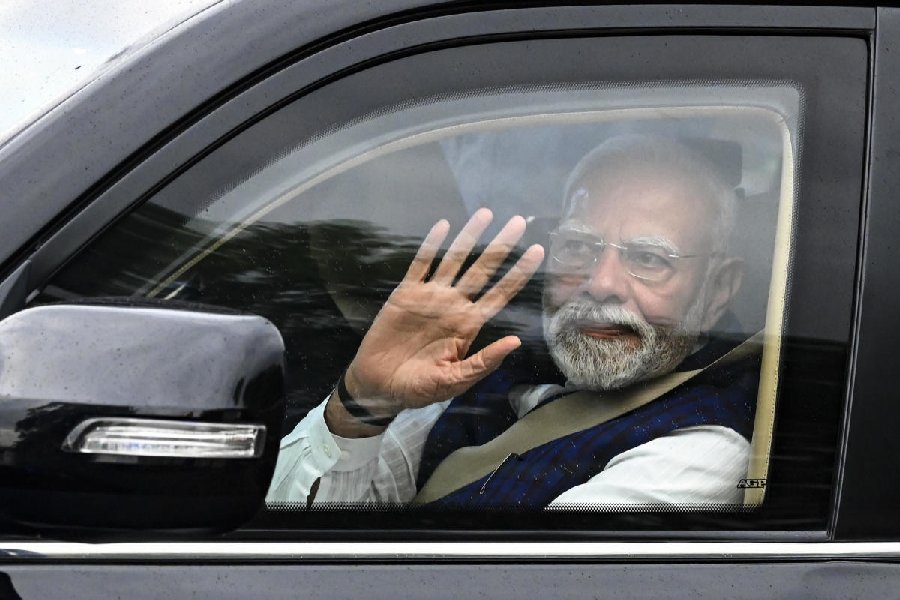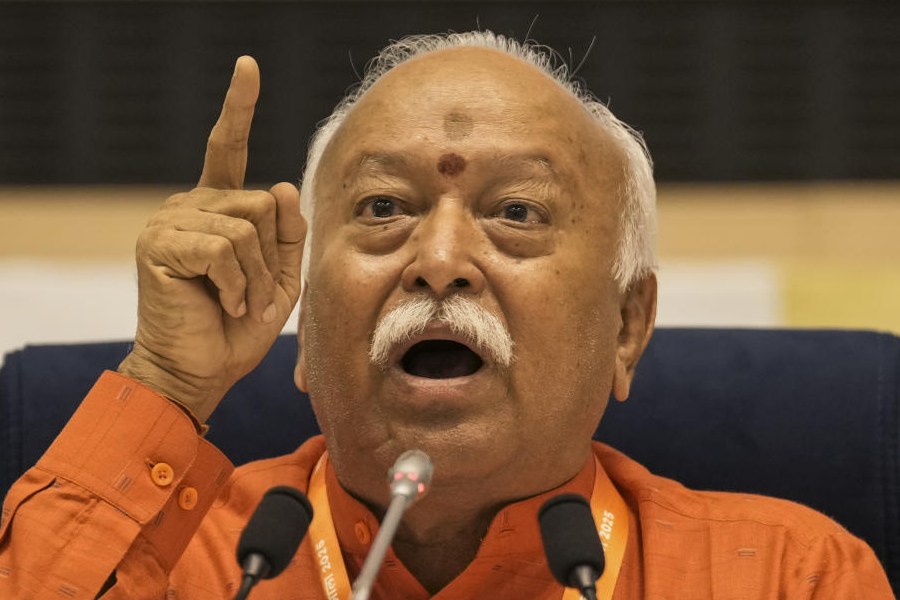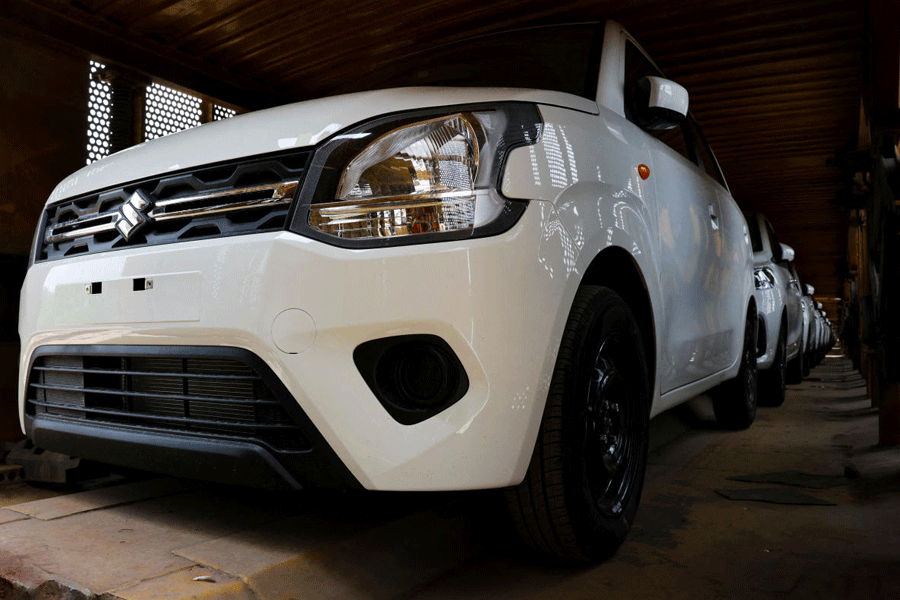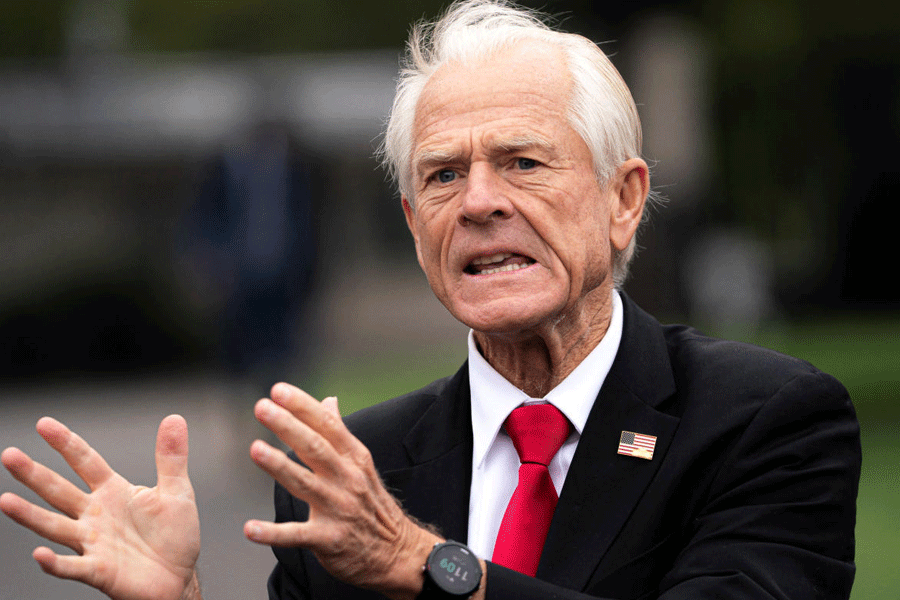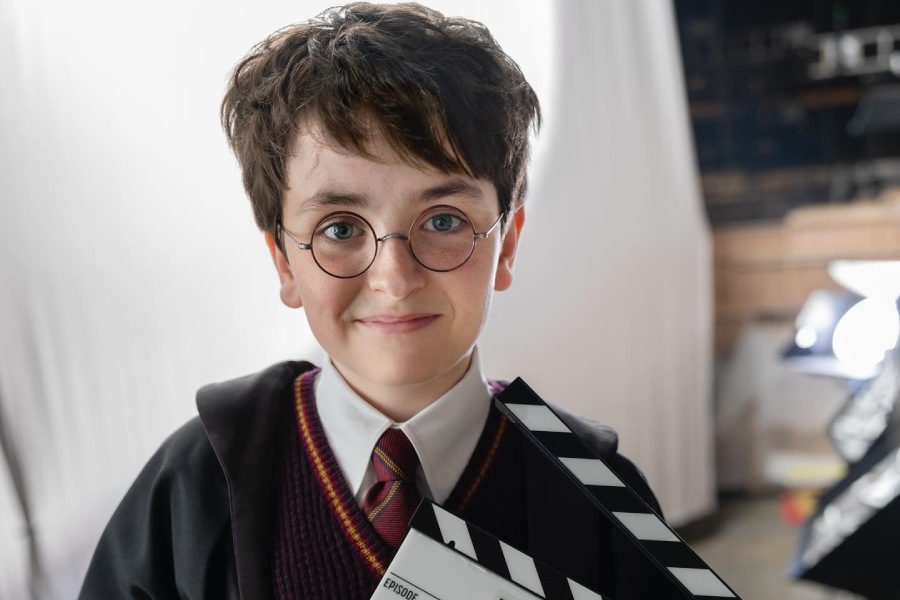|
|
When my father played his Hindustani vocal records on the radiogramme, I would cover my ears. As an eleven-year-old rebelling against almost everything his parents loved, I took relish in calling the noise “classical gargling” or “after-Colgate music”. At that point, I had recently discovered the wheel and it was called Rock n’ Roll. That wheel rolled me to the Blues, while the tyres of life sent me bumping along to a boarding-school where most of the other boys shared my contempt for the Great Indian Gargle. Two things happened between school in Rajasthan and holidays in Calcutta. First, whenever they played some scratchy raag by Omkarnath Thakur on the gramophone in the morning assembly, I felt intensely homesick, connecting that sound to the records that woke me up in Calcutta; gradually, I began looking forward to that spasm of aural pain because it transported me back home for a few minutes. Second, in my early teens I began to listen to more and more jazz. It was sexy and sweet, while Indian classical was like someone reciting Hindi arithmetic sums very fast. It took me till I was almost seventeen to connect some wires between the two traditions.
My father had bought a new album with one of those horrible HMV covers — some old guy’s face, still-black hair clearly slicked back with oil, the photograph overlit, the colours of the skin and the background an evil combo of brown and pink, like the waiting room of some cheap dentist. What made me vaguely curious was that the guy had the same surname as ours. As I placed the record on my new turntable, I sarcastically called out to my father, asking if this was some uncle I’d never heard of. “Yes,” replied my father, “he is your greatest Uncle.” I watched with trepidation as the needle rode the waves to the first groove of this crude-looking local vinyl.
The raag was Miyan ki Todi. It was a winter morning in Calcutta. I was wearing my late grandmother’s grey shawl. My mother was drinking tea and my father was reading The Statesman.
I don’t know about all the various ideas of ‘India’ but, sometimes, thinking of this thing called ‘our country’, I imagine variations of this moment unfolding in hundreds of thousands of households across the land, over the second and third decades of Independence and even later: some kid, some girl or boy, hearing Bhimsen Joshi properly for the first time — on the radio, on a record, on YouTube, or perhaps even live — and being transformed.
That slow, sonorous thunderclap of an alaap would have washed across the sound-landscape, a mid-tempo bandish cutting through the traffic snarls and the cawing of crows, the quarrelling neighbours and the cricket commentary; the higher edges of that voice in a taan would also have cut through the brilliance of Lata, Rafi, Asha, Kishore and RD, through all the Bappi-mediocrities at one end and the AR-geniuses at the other; would have cut through the Hindi film songs, the disco tracks, both imports and exports, the rock, the pop, the rap and also the treasure of a hundred different kinds of folk and traditional music.
No stretch of imagination can put me in any cognoscenti club of Hindustani or Carnatic classical music. But there is an alchemy that happens, even between someone who is massively challenged by raag-recognition and a singer like Bhimsen Joshi. A couple of years after I began to listen to Bhimsen, I managed to scratch my right cornea while wearing hard contact lenses. This happened at night and the pain was the worst I’ve known. Doctors were asleep, unavailable, and several painkiller tablets had almost no effect. I had every kind of music available in my collection, rock, Coltrane, Miles, John Lee Hooker, but I finally managed to rest, if not sleep, by playing the Miyan ki Todi record over and over again. A little over a decade later, I managed to misplace my driving companions while bringing back a Fiat Padmini from Ahmedabad to Bombay at night. Not having driven much on highways, and never before alone, I was nervous. But the car had a stereo, and among my cassettes was Bhimsen’s Megh Malhar. I rode that tape all the way to dawn in Goregaon. While there was no direct connection, the Miyan ki Todi gave me sanctuary and helped me close my eyes, the Megh Malhar gave me courage and helped my eyes stay open and sharp. Later, when I came to know of Bhimsen’s obsession with driving, I had a thought: I might have been driving a thin and unstable rattletrap but the man was inside me, with his wide, powerful, rock-steady Mercedes of a voice. I’m sure there are many who have similar stories.
Not being a puritan, seeing the master live was almost a bonus, jam on the toast, and not central to the experience of listening to him or imbibing his music. I saw BSJ perform, maybe three or four times, watched the notes exploding out of him, his face twisting, his eyeballs as crazy as that of any contemporary fast bowler after delivering an unplayable ball. But this had little to do with the constant companionship he has given me across my adult life. I’m certain I’m far from the only one who feels this, such is the power of modern music reproduction systems.
There are many contradictory things people say about Bhimsen: he was always completely lost in his music and didn’t care a fig about his listeners; he shamelessly played to the audience, that he was one of the first ones to ‘misuse’ the modern microphone in that he would do things that only a mike could catch and project, unlike older masters who, no matter where they were, would only sing as they would in an intimate baithak; he became predictable in the 1980s, endlessly serving up perfect but soul-less variations of Puriya Kalyan/Puriya Dhanasree; he had a mind-boggling repertoire, magpied from the gharanas of Jaipur, Agra, Gwalior, Benaras and elsewhere, which he effortlessly inserted into his base hard-wiring of Kirana; where others were subtle, Bhimsen would use the enormous physical force of his voice and sheer will to ‘bend crowbars’; he had the most supple and nuanced of voices ever gifted to a singer; he was prone to huge over-dramatization; when he was young, he had perfect enunciation; for the last thirty years of his singing, he was a ‘mangler’, flinging the shabd of a composition into the blender of his voice and churning up a frappe of sound where the notes were everything, the words nothing; he had great arrogance and a deadly temper to go with it; he was a kind, loving and humble man; he was a spectacular drunkard; he was an ascetic; some purists faulted his raagdari; he is the greatest bridge that spans the classical tradition from before the 19th century to the 21st; he was never a great teacher; he taught everybody who sings seriously in this land.
None of this is surprising for anyone who has practised their art for sixty-five years.
Of all the things people have said about him the one I like best is what someone told me many years after I’d begun listening to him: “Bhimsen is like an elephant bathing in the river of sur. He stands deep in the river, sucks the notes up in his trunk and inundates himself, dancing in the flood of melody.”
The thing is, this particular elephant organically changed the course of the river in which he chose to bathe. Bhimsen Joshi is as modern as India. Because he lasted far longer than the others, we forget that he was at the centre of that first, new navratna of iconic artists that formed to take a young India away from colonialism and towards its own destiny: Amir Khan, Satyajit Ray, Balasaraswati, Subbalakshmi, M.F. Husain, just to mention a few of the best known.
There is really nothing to mourn in witnessing the ending notes of a great raag. Maybe I over-dramatize myself, but, unlike Ray and the others, Bhimsen helped form me, he instilled part of the marrow in my bones, like the food my parents put inside me. Whatever kind of person or artist I am, good or ordinary, his song helps constitute the best of what I can offer and pass on. And the thing is, there are thousands like me who would happily acknowledge the same debt.
Confronted by the enormity of the universe and the barbed webbing of earthly life, a man discovers a navigation instrument to see him through. Actually, two connected instruments. One is his faith and the other is the contraption formed by his diaphragm, lungs, throat and mouth. Through those joint instruments, he helps us navigate our lives and our times, helps everyone, from the hard-core atheists to the deep believers, and to all those of us who are in between. Without ever getting up on his feet himself, the man rocks us. For this, the only serious gratitude we can have is for each of us to find our own true song and to sing it as purely and powerfully as we can.



